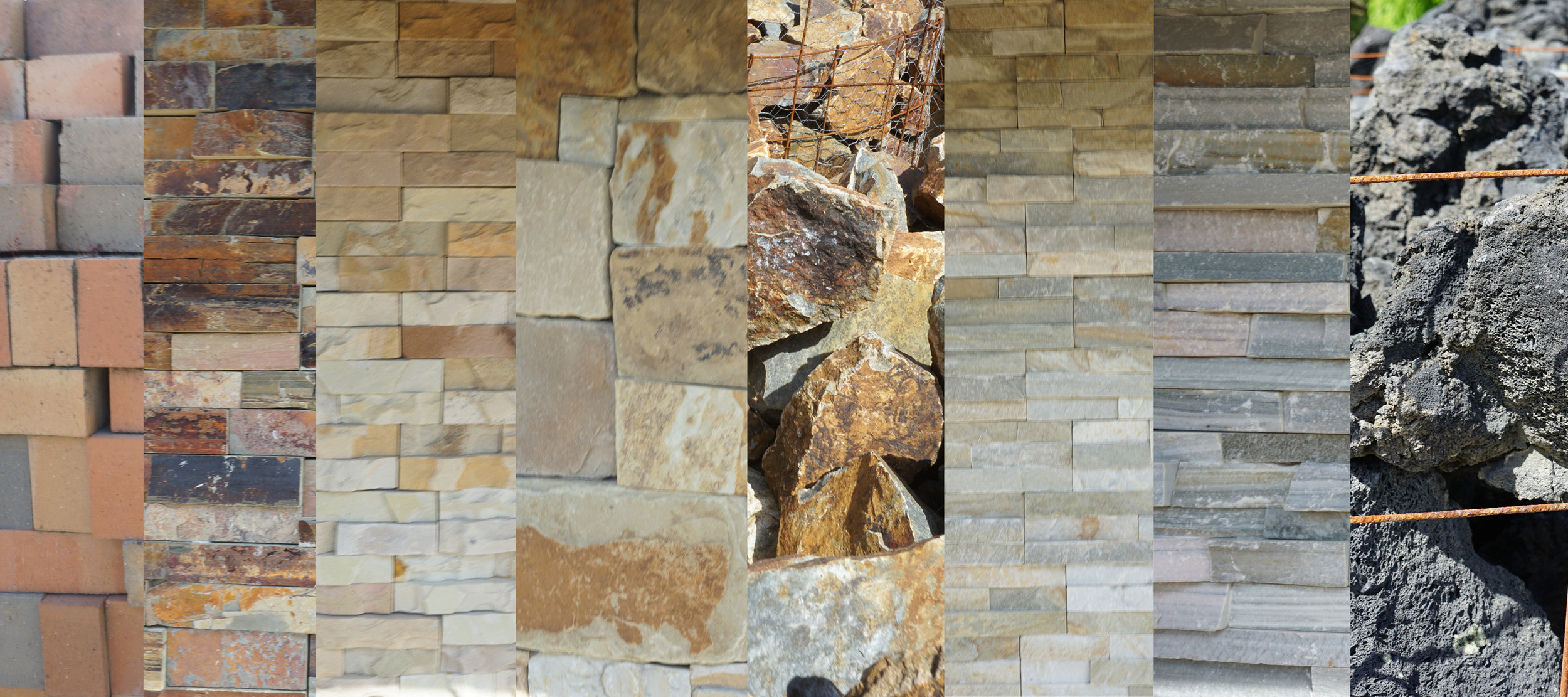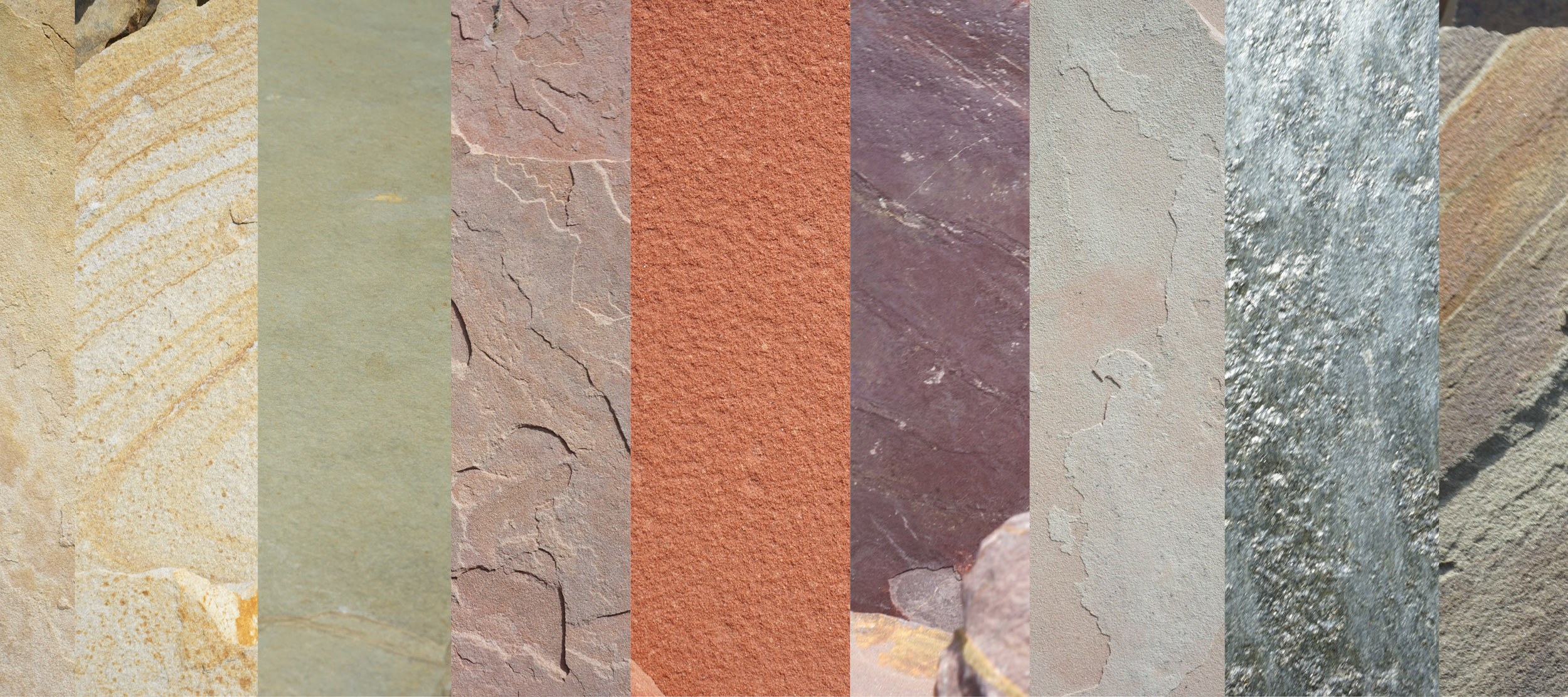Rock It!
Hardscape makes a significant difference in any landscape design. The materials you use and how you use them can change your landscape from formless to fabulous.
Cracking open the inside scoop on hardscape surfaces (pun intended) start with a few questions: What is available? What’s the difference? How is it built? I’m only going to delve into the natural materials in this blog post. We’re going to look at walls, patios, and accents.
Why is hardscape important? This is the biggest investment you’ll make in your landscaping project. The upfront cost is offset in the long run by the lifespan of these elements. Sobering to consider, most masonry will outlast you and even your children.
These are permanent elements of the landscape that take a skilled craftsman to create. If designed and installed right, they become sculptural elements and set the stage for your life events. They often play the most practical roles such as a solid surface on which to entertain or a wall to retain a hillside.
Colors and Stone Close to Home
Natural stone comes in almost any color you can imagine. From a warm red brown to a cool blue grey; all the way to sparkling white and a deep charcoal grey. What’s in fashion today may change over time however, there are some basic truths – first and foremost is to match the stone with the architecture of the home.
Another great idea is to stick as closely with locally sourced stone as possible. That way you have a timeless look and feel that is place based. A great example of this is the photo below of modern work done on a historic site. All of the rock came from the property itself, creating a unique installation you can’t easily replicate.
Grout, Mortar and Joints
How your stone is connected is also an important aspect to the look and feel. Wider joint with mortar level to the stone are much more historic in feeling. Want those thin tight joints with precut stone – those are contemporary.
A friend recently talked about the hike up to Manchu Picchu and how ever single step to the top was still perfectly in place with the tightest dry joints. That is the pinnacle of masonry, where each stone was so perfectly crafted and placed that it’s stayed firmly in place over the millennia.
For all of us who don’t have an army of masons, here’s the different building styles and looks you can achieve with mortar or an invisible grout. Then, of course, we have full on dry stack, which is truly only supported by the way the rocks are stacked together.
Keep it Simple
My suggestion as a designer is to keep your hardscape palette simple. Choose a warmth (cool or warm) keep your hardscape within that palette. Here’s just a few combos that work:
If you like a cool palette, go with a Connecticut Bluestone, paired with a blue shale fines or Mexican pebble (black).
Want warm? You can use a sandstone or Arizona Flagstone. Lodi Trinity Gravel and/or Gold DG for the semi-permeable areas.
Both warm and cool palettes pair excellently with Napa Wall Rock. The light tan brown of the local stone is a great palette for both.
That’s just scratching the surface of combinations. It all depends on the look you want to create. However, I suggest that whatever look you do create you carry it through everything. I’ve been on projects that over time one area at a time converted from simple concrete to natural stone and the end results are stunning. Hardscape – from formless to fabulous!






